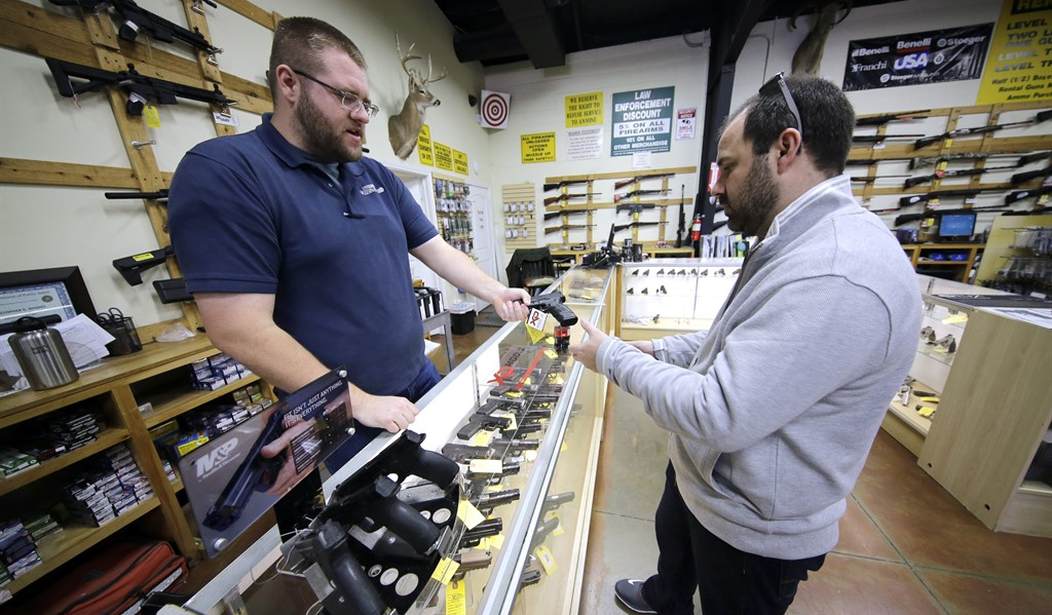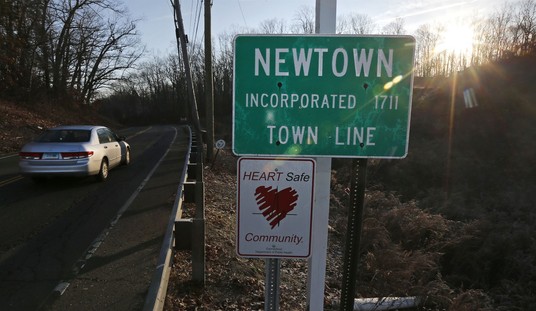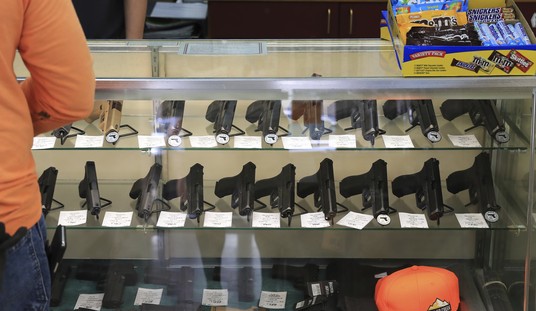It’s already a burdensome process to legally obtain a firearm in California, given measures like the state’s 10-day waiting period and its bizarre “handgun roster” that has blocked new models of handguns from being sold for close to a decade now. Now a Democrat in the state Assembly wants to make it more expensive as well.
Assemblyman Jesse Gabriel has actually introduced three new proposed gun control measures, including AB 28, which would tack on a brand new excise tax on every transaction involving a firearm or ammunition.
The others are AB 29, which would allow Californians to voluntarily add their name to a “Do Not Sell” list for firearms, and AB 36, which prohibits people subject to domestic violence restraining orders from purchasing or possessing a firearm for three years after the expiration of the order.
“Californians are counting on us to do everything possible to keep them safe from mass shootings and gun violence,” Gabriel said in a statement. “Taxing guns and ammunition sales will enable us to fund more school safety measures and expand proven violence prevention programs. We can and must do more to protect our kids and our communities.”
AB 28, as it appears online, does not currently specify how much the excise tax on firearms and ammunition would be.
A 2019 bill from Assemblyman Marc Levine would have implemented a $25 excise tax on the sale of all handguns and semiautomatic rifles. That bill died in committee.
You know, California reported a budget surplus of nearly $100-billion dollars earlier this year, which would have paid for every school safety measure and gun violence prevention program that Gabriel could dream up. Since the midterm elections that saw Gov. Gavin Newsom handily win re-election, however, new estimates show that the state could be facing a deficit of more than $20-billion in 2023. As the folks at R Street Institute recently pointed out:
“The massive surplus allows Mr. Newsom to sprinkle cash across the state,” the New York Times noted. These include “rebates for nearly all Californians to offset the effects of inflation … retention bonuses of up to $1,500 for health care workers; expanded health care, in particular for women seeking abortions; three months of free public transit; and record per-pupil school funding.” And that’s just the beginning of the latest spending frenzy.
In 2021, the governor enjoyed an also-significant $76-billion surplus. As the news site CALmatters reported, Newsom went on a “spending spree” in advance of a failed recall election: “He wants to spend $12 billion to house the homeless … $3.4 billion to expand preschool to all 4-year-olds … $1.5 billion cleaning up blight.” He just happened to make each announcement at a relevant location for a photo opportunity. Go figure.
But change is in the air. “Under our outlook,” the nonpartisan Legislative Analyst’s Office revealed this month, “the Legislature would face a budget problem of $24 billion in 2023-24.… The budget problem is mainly attributable to lower revenue estimates.” The LAO uses the word “problem” as a euphemism for “deficit,” in case you wondered. It urged the Legislature to squirrel away more money and pause or delay “recent augmentations” (i.e., spending plans).
In plain English: Poof. Now, the surplus is gone and California is facing a sizable budget deficit. The fun is over. A Politico story captured the weeping and gnashing of teeth in Sacramento, as Democratic leaders vowed to protect every penny of spending from the budget ax. None of this should have been a surprise, given that “warning signs have been flashing for months.” The publication pointed to long-obvious falling tax revenues and layoffs at Bay Area tech companies.
To be fair, California lawmakers could have so much extra cash floating around that they’re able to dive into their piles of money like Scrooge McDuck, but they’d still want to fund measures that will supposedly benefit the public at large from the bank accounts of law-abiding gun owners. This is a punitive measure that seems designed to reduce gun sales more than an effort to actually reduce crime. And given the political dynamics in Sacramento, if legislative leaders decide that Gabriel’s gun and ammo tax is worth pushing it’s assured of getting to Gavin Newsom’s desk for his signature.
Will this targeted taxation make California a safer place? Of course not. Violent criminals aren’t going through background checks to purchase their firearms and ammunition. They’re arming themselves illegally for the most part, and those responsible for the increased shootings, carjackings, and violent assaults across the state aren’t going to be paying a penny in new taxes when they steal a gun or buy one on the black market.
We’ve also seen how lax California and its political subdivisions have been in the past in accounting for giving public funds to “anti-violence” groups, like the organization known as No Guns run by a “former” gang member named Hector “Big Weasel” Marroquin. In 2008 Marroquin was sentenced to eight years in federal prison for illegally selling guns to undercover officers after Marroquin and his group had received $1.5-million from the city of Los Angeles to reduce the number of guns in the hands of gang members. Gabriel’s proposed excise tax on arms and ammunition would generate a whole new source of funding for “violence prevention” groups that are really just a grift or a way for politicians to shower their friends and associates with taxpayer-provided money.
There are lots of reasons to be opposed to Gabriel’s bad idea, but there are also a whole lot of Democrats in Sacramento who are sure to fall in line if leadership gets behind his bill. And sadly, given the current anti-gun fervor on the left, Gabriel’s bill is far from the worst measure that California gun owners are going to face in the next session.








Join the conversation as a VIP Member